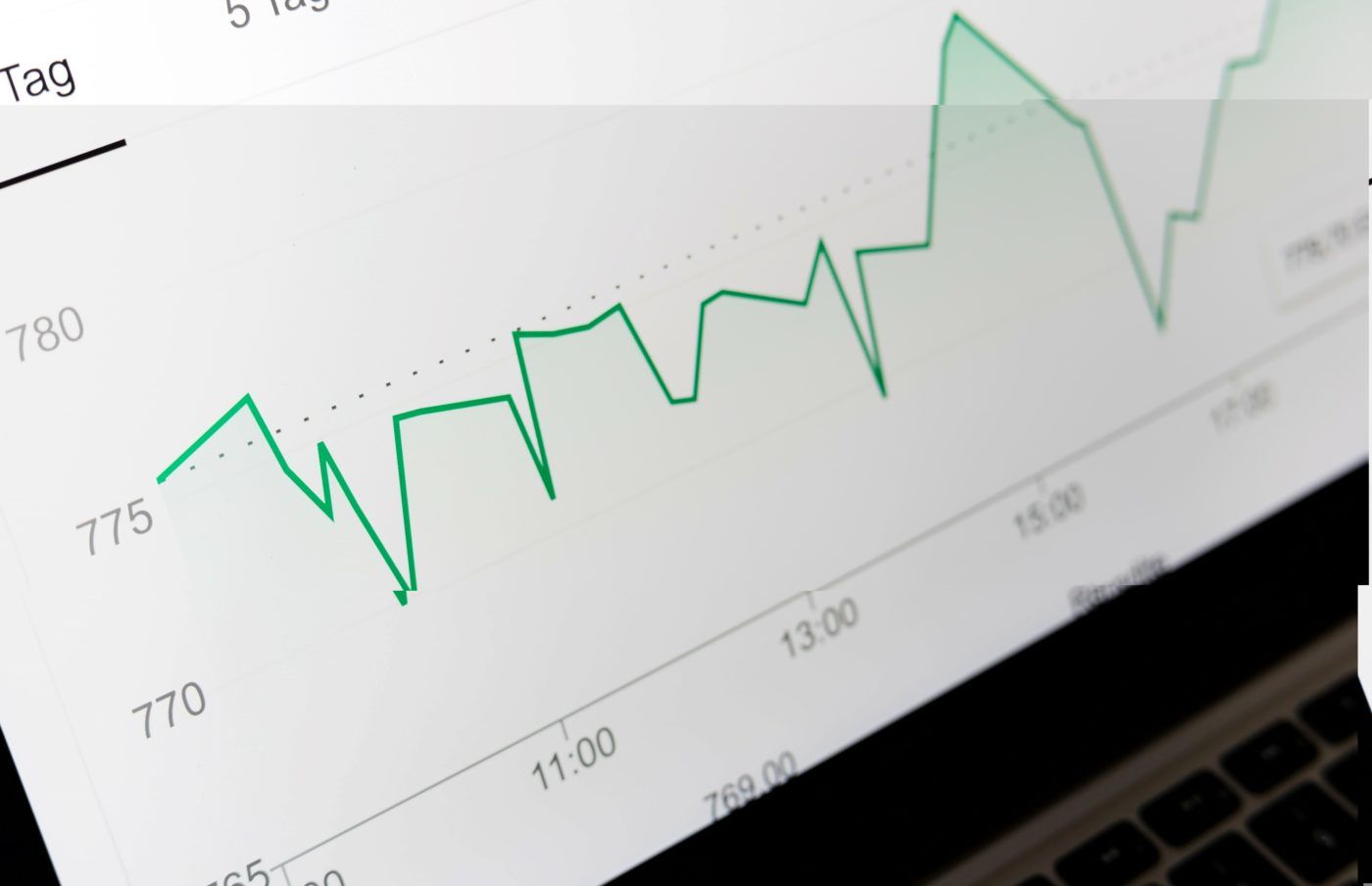A big part of Apple’s new iOS 14 update includes changes to privacy and data usage. This has the potential to have a massive impact on the future of digital marketing, in particular personalised ads and remarketing. It’s unclear to anyone what kind of impact this will have in the future and whether others will follow suit, but we have summarised the key points to be aware of at the moment, and what this may mean for advertisers.
What has changed?
The biggest change that digital marketers need to be aware of is that users are now required to opt in to allow apps to track user’s activity, rather than opt out. Every app on the app store will now have a prompt before opening that asks the user whether they want to opt in or opt out to allow the app access to their device’s advertising identifier. This is known as the IDFA (identifier for advertisers), and essentially allows advertisers like Facebook to report on the actions you take online, such as website visits or events through the Facebook pixel.
If a user opts in, there’s no change to what we currently see. If a user opts out, data collection and tracking will be impacted.
Of course, we don’t yet know the full extent of this and what impact it will have. For instance, we have no data on what % of users will opt in vs those who will opt out. And it’s important to remember that this change will only impact those on an Apple device who have the new iOS 14 update. Normal service will continue (for now) for everybody else.
What does this mean for advertisers?
We see this update as having three main implications for advertisers:
1) Data & Reporting
If more users opt out, we’ll lose visibility of the actions that people take. This will impact the conversions that we track, as Facebook will lose visibility of actions outside of their properties, meaning that we’ll also lose sight of some of our advertising traffic.
2) Optimisations
If less data is visible, it will be more difficult to optimise. We’ll lose track of which clicks resulted in conversions and therefore won’t have as much information to make informed decisions.
3) Personalisation & Remarketing
With less visibility on user activity, ads will become less personalised and our remarketing audiences may diminish in numbers.
Next steps
As we said earlier, the true impact of this update to advertisers is currently unknown. We foresee the issues that we’ve discussed potentially causing some problems, although we don’t yet know how Facebook will respond to this or whether Android and other operating systems will follow suit.
Challenges like this have occurred before, such as the rise of ad blockers. Digital companies always seem to find a way to overcome the challenges they face. Is this the end of digital advertising? Absolutely not, but we’ll know more in the coming months as to how we can overcome this latest challenge. We will of course, keep you posted.






Leave a Reply